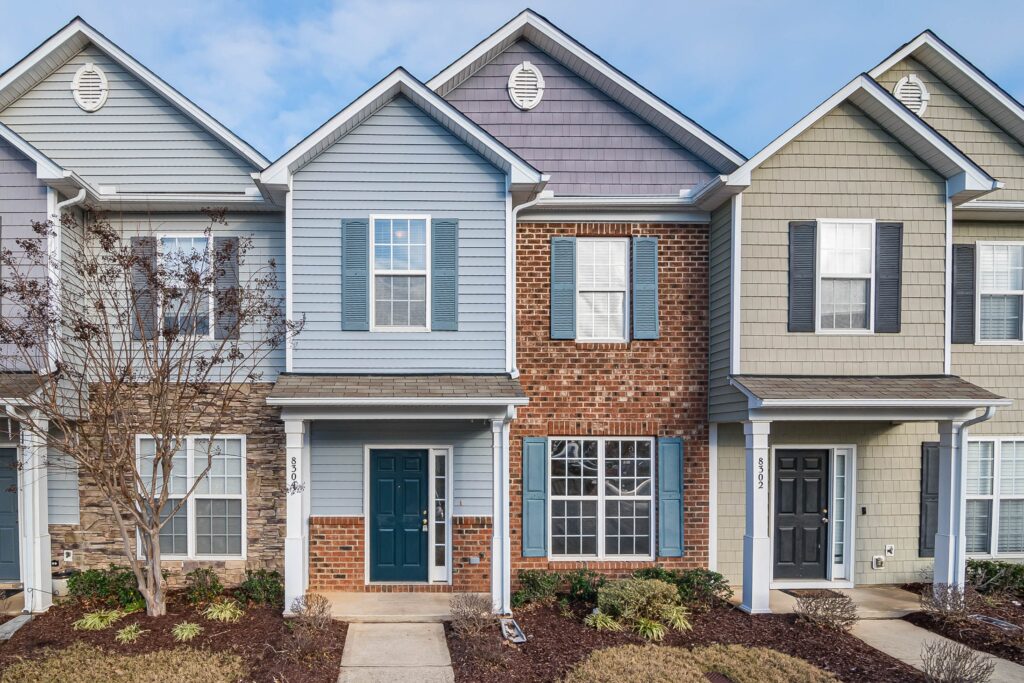
A common question flippers have is: “How much should I reinvest in my next flip out of what I make in profit?”
The usual answer? “However much it takes!”
Instead, let’s try reframing this question in a different way: “How much should you pay yourself from each flip?” Answering this might be a better way to gauge if you need to take out just enough to cover living expenses, or if you need to be giving yourself some kind of salary.
Here are some things to consider, if your goal is to maximize your profits and flip more houses:
For New Flippers:
Flippers usually aim to make about 20-30% ROI for every house flipped, although this figure is dependent on costs and how long it takes for each sale to go through. But here are some guidelines to follow when deciding how much profit you want to reinvest in your business vs. keep for personal use:
What are Your Revenue Streams?
Do you have a full-time job that can cover your daily living expenses? If so, then consider reinvesting all the profits back into your next flip – this is the way to achieve the fastest growth in your portfolio.
If you’re flipping full-time, you could choose to keep 10-30% of the profits for yourself, which is how some flippers choose to operate. Alternatively, you could work out what your living expenses are, just keep that amount back, and reinvest the rest, but keep in mind that this will slow down your growth rate.Imagine you paid yourself 30% of the $60k in profit from the example above – that would leave you with just $42,000 to reinvest. Is this enough to help you move up the property ladder with your next flip?
Consider a Live-In Flip
Alternatively, you could consider live-in house flips as another way to “pay yourself,” by negating your own housing costs and writing off expenses, such as tax deductions and double mortgages.
Experienced Flippers:
If you have a partnership structure, there are more complex issues to think about, like how to divide profits and disperse them in a way that makes sense, tax-wise .
Work Out a Profit-Sharing Agreement
Some calculate profit sharing depending on the number of hours they put in, while others go for an even split (like 50-50, for two partners), regardless of the division of labor. There’s no “one size fits all” formula to this, so you should set clear targets ahead of time for how much you’d be willing to pay someone else for the skills and/or resources they bring to the partnership.
Know the Tax Implications
Find a knowledgeable CPA to work with and discuss your partnership agreement with them, before you decide how to disburse profits. If you pay yourself a salary, any earned income could be subject to self-employment tax at a rate of 15.3%. That being the case, it might make more financial sense if the profits come to you as dividends, instead.
Know Your Value
The terms of your partnership agreement will determine how much you yourself get paid vs. your co-investors or flipping partners. So, when working out this arrangement (whether you go for a limited partnership or an LLC), make sure you’re being valued appropriately, relative to what you bring to the partnership. Again, it’s always best to seek out an attorney and a tax specialist for guidance here.
Ultimately, the decision is yours. But one good model is to flip 4 properties, then keep the 5th as a rental for steady income. This approach lets you diversify between long- and short-term revenue streams, giving you small amounts of income in steady increments (in the form of rents), as well as larger amounts of income in more irregular intervals (from the sale of flipped homes). Having a balance like this can help you to achieve financial stability in the long run – and this is the same way many traditional businesses structure their revenue streams, too.
Image Courtesy of Rodolfo Quiros




